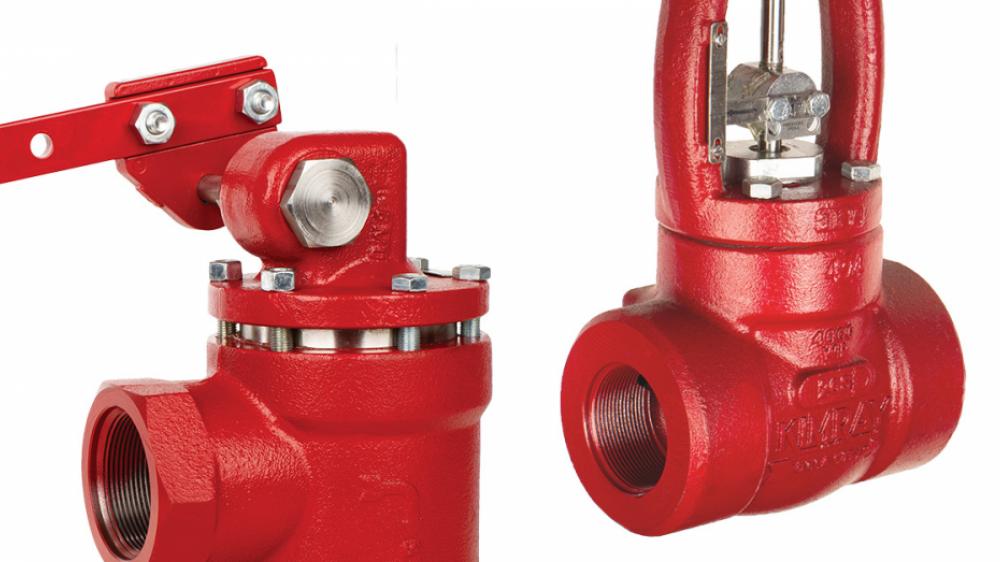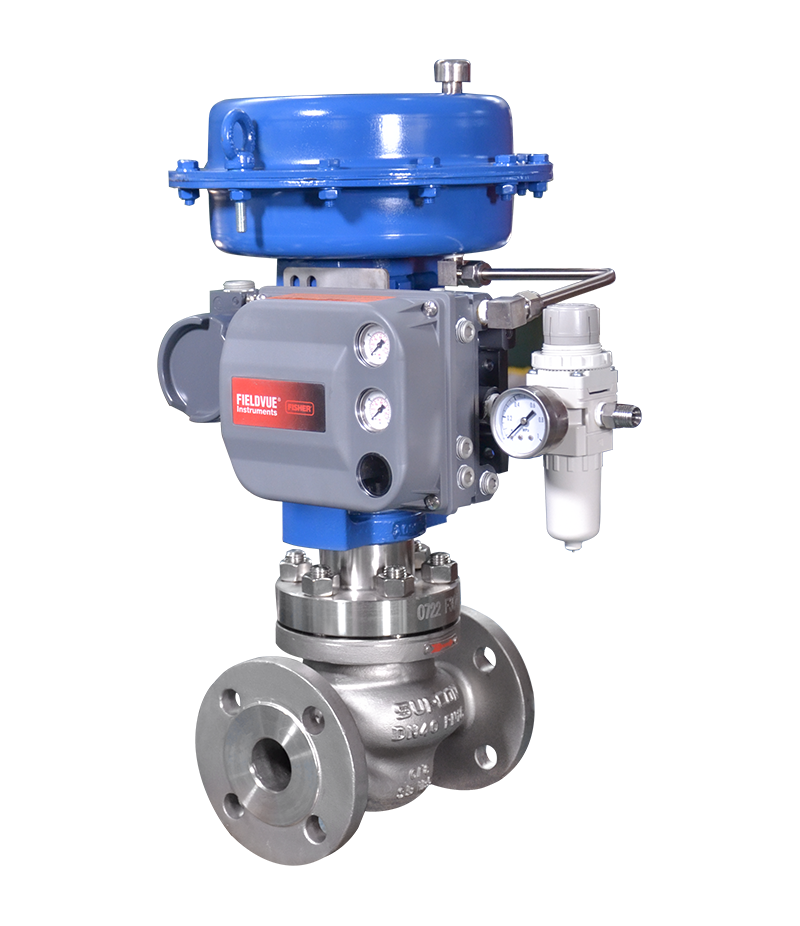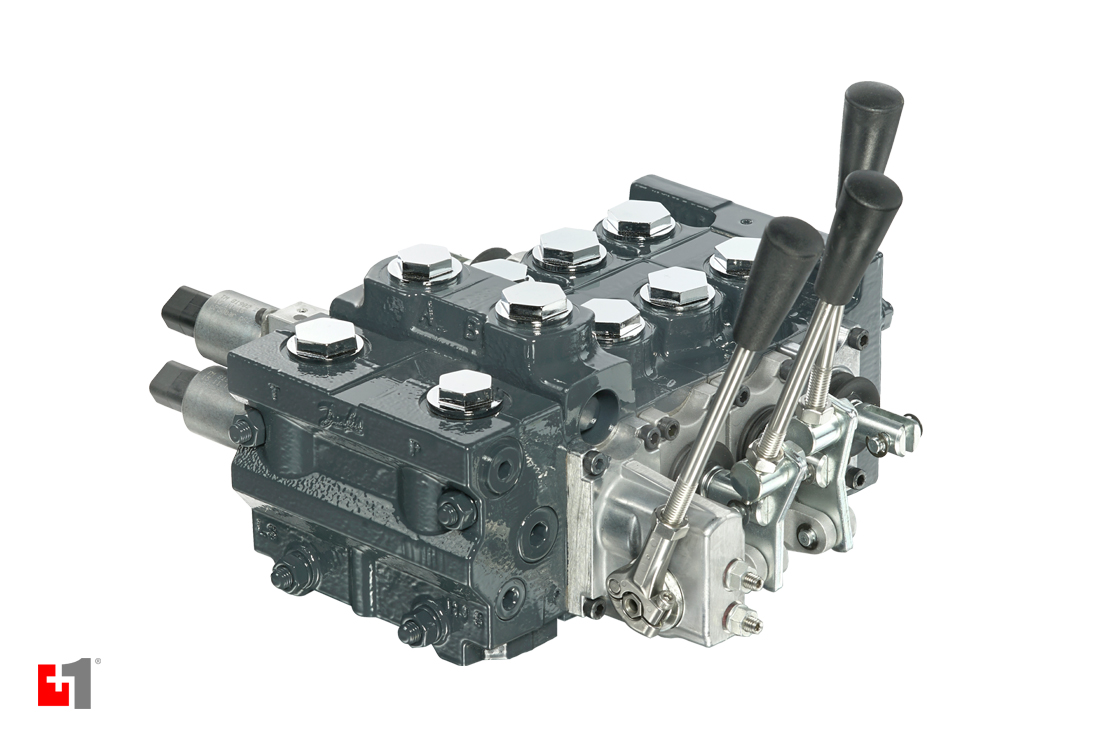Exploring the Capability of Modern Control Valves in Industrial Applications
Exploring the Capability of Modern Control Valves in Industrial Applications
Blog Article

Maximize Energy Savings and Convenience With Advanced Building Automation Controls
In the world of modern-day style and facility monitoring, the integration of innovative structure automation regulates stands as a pivotal improvement. By harnessing the power of automation, buildings can adjust, react, and evolve in means that were as soon as unbelievable.
Energy Performance Conveniences
Energy effectiveness benefits can substantially minimize power consumption and functional prices in structures. By carrying out energy-efficient methods and modern technologies, building owners and drivers can accomplish considerable savings while additionally adding to environmental sustainability. One of the main advantages of boosting energy effectiveness in buildings is the decrease of utility costs. Energy-efficient systems, such as advanced building automation controls, can maximize making use of resources like lighting, heating, and cooling, causing reduced energy expenses over time.
Moreover, enhanced power efficiency can extend the lifespan of structure devices and systems. By running a lot more efficiently, HVAC systems, lighting fixture, and various other structure elements experience less damage, causing decreased upkeep and substitute costs. In addition, energy-efficient buildings typically command higher home values and rental prices, giving long-lasting financial benefits to proprietors.
In addition, power efficiency can improve passenger comfort and performance. Correctly controlled interior environments with optimum lights and thermal conditions produce a more pleasurable and conducive workspace, causing improved employee satisfaction and performance. On the whole, the power efficiency advantages connected with innovative building automation controls are complex, incorporating price savings, ecological stewardship, and occupant wellness.
Improved Comfort Control
Enhancing convenience control in building settings requires a sophisticated combination of innovative automation systems for optimum occupant well-being. By utilizing innovative building automation controls, centers can tailor the indoor atmosphere to satisfy the certain needs and choices of owners. These systems allow specific law of lights, air flow, and temperature, producing a comfy and productive ambience. Owner satisfaction and performance are carefully connected to thermal comfort, making it important to have systems in area that can adapt to changing problems in real-time.
By including these advanced controls, buildings can not just enhance comfort but likewise improve power performance by optimizing system operations based on real occupancy and usage patterns. Eventually, focusing on owner comfort through innovative automation systems leads to a more satisfying and healthier interior setting.
Operational Performance Improvements

Moreover, the execution of real-time tracking and analytics tools makes it possible for building drivers to recognize power inefficiencies and functional anomalies immediately. By constantly keeping an eye on power usage patterns and system efficiency metrics, modifications can be made in real-time to optimize power usage and make certain peak functional performance. control valves. Furthermore, incorporating need reaction content approaches into structure automation controls can even more boost functional performance by dynamically adjusting energy usage based upon grid problems and prices signals
Indoor Environment Optimization
Effective interior climate optimization is a basic facet of structure automation controls, guaranteeing passengers' convenience and health while making best use of power savings. By making use of innovative sensors and controls, constructing automation systems can continuously readjust and keep an eye on temperature, moisture levels, air top quality, and air flow to develop an optimal interior atmosphere. Preserving comfy and consistent problems not only boosts occupant fulfillment however also improves productivity and overall well-being.
Interior climate optimization likewise plays an essential function in power efficiency. By fine-tuning ventilation, heating, and cooling systems based on real-time data and tenancy patterns, constructing automation controls can significantly lower energy consumption - control valves. Implementing methods such as demand-controlled ventilation and thermal zoning can help minimize energy waste while making certain that each location of the structure obtains the needed conditioning.

Lasting Setting Creation
Building automation manages not only maximize interior climate problems for energy performance and resident comfort but likewise lay the foundation for producing a sustainable setting via tactical monitoring of resources and systems. By incorporating innovative structure automation modern link technologies, such as sensors, actuators, and smart software program, facilities can keep track of and readjust energy usage in real-time to lessen waste and decrease their carbon footprint. These systems allow predictive upkeep, determining potential issues prior to they intensify and optimizing devices efficiency to enhance long life and efficiency.
Additionally, lasting atmosphere creation extends beyond power monitoring to include water conservation, waste reduction, and interior air top quality enhancement. Building automation controls can control water use, spot leaks, and make sure proper garbage disposal methods, contributing to general sustainability efforts. Additionally, by monitoring and managing air flow and filtration systems, these innovations improve passenger health and efficiency while decreasing energy intake related to HVAC operations.
Conclusion
Finally, advanced structure automation manages offer considerable advantages in terms of energy financial savings, comfort control, functional performance, indoor climate optimization, and developing a lasting environment. By implementing these controls, structures can attain optimum efficiency while decreasing power intake and improving resident comfort. It appears that using advanced automation technology is vital in improving structure efficiency and producing a more lasting future.
Power effectiveness advantages can significantly minimize power usage and functional costs in structures. Overall, the power efficiency advantages linked with sophisticated structure automation controls are multifaceted, including price savings, ecological stewardship, and occupant well-being.
Furthermore, including demand reaction techniques into building automation controls can further improve operational efficiency by dynamically adjusting power usage based on grid problems and prices signals.
Building automation regulates not useful source just maximize interior environment conditions for energy efficiency and owner comfort however likewise lay the foundation for producing a lasting atmosphere with critical monitoring of systems and resources.In verdict, advanced building automation regulates offer considerable benefits in terms of energy financial savings, comfort control, operational efficiency, indoor climate optimization, and producing a sustainable environment.
Report this page